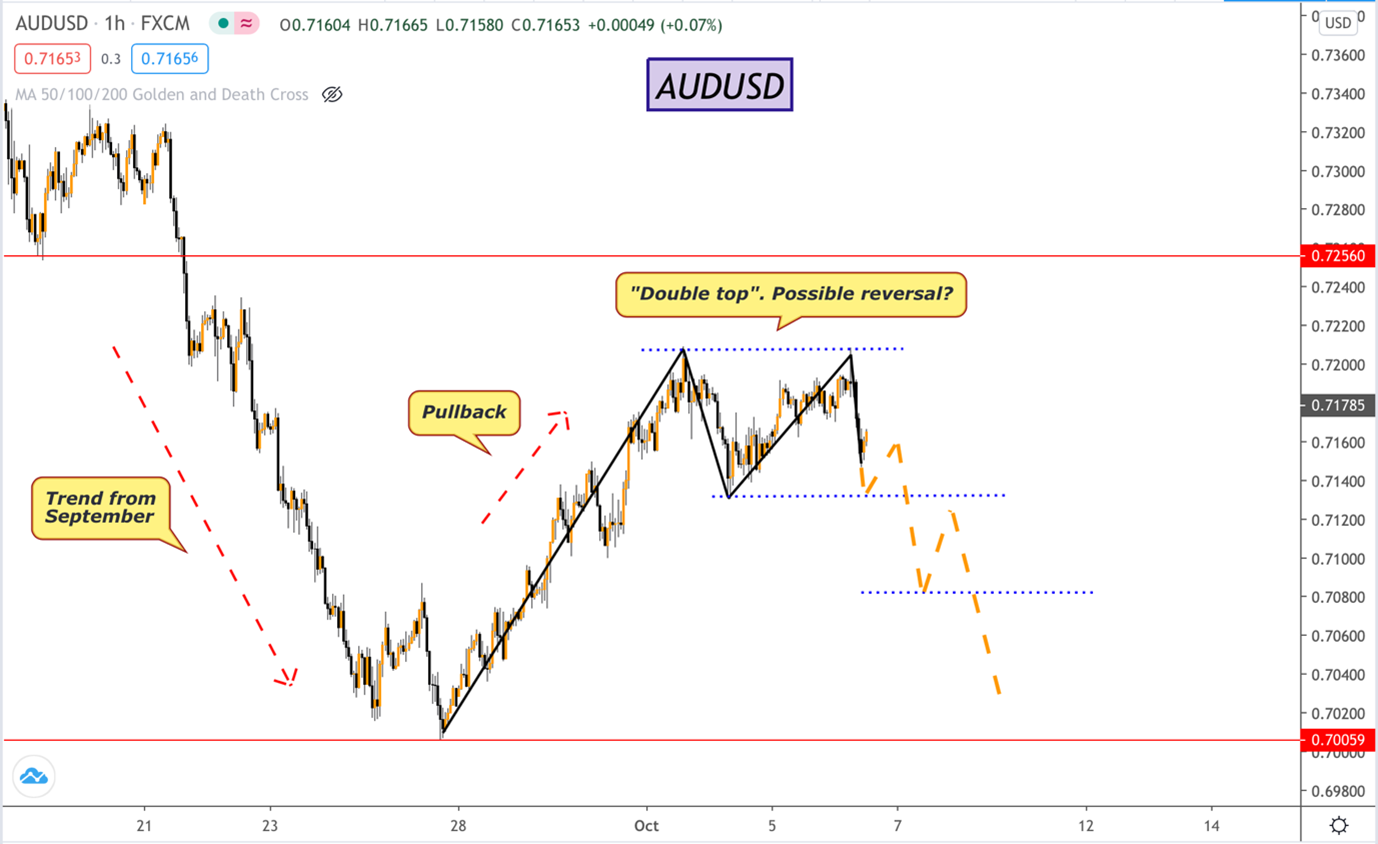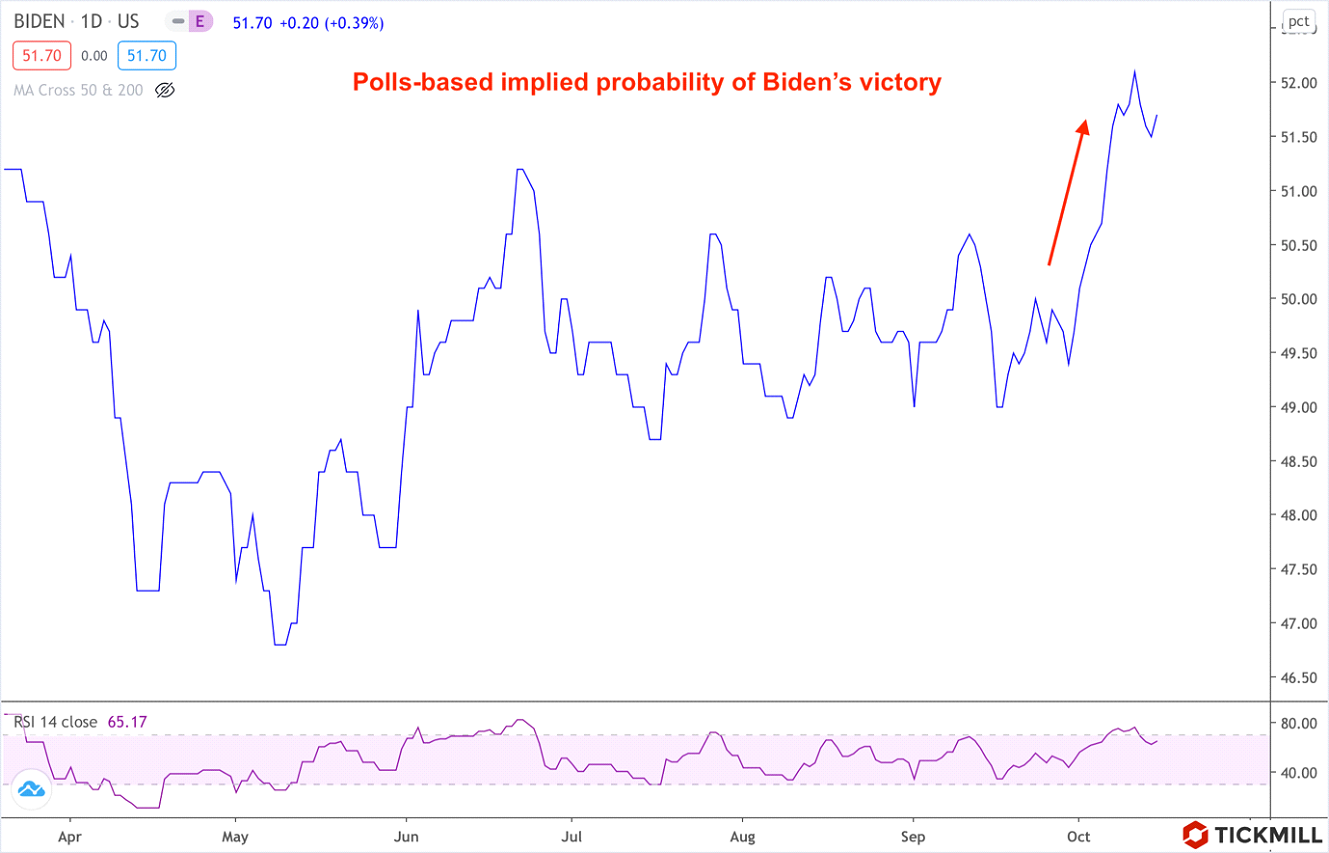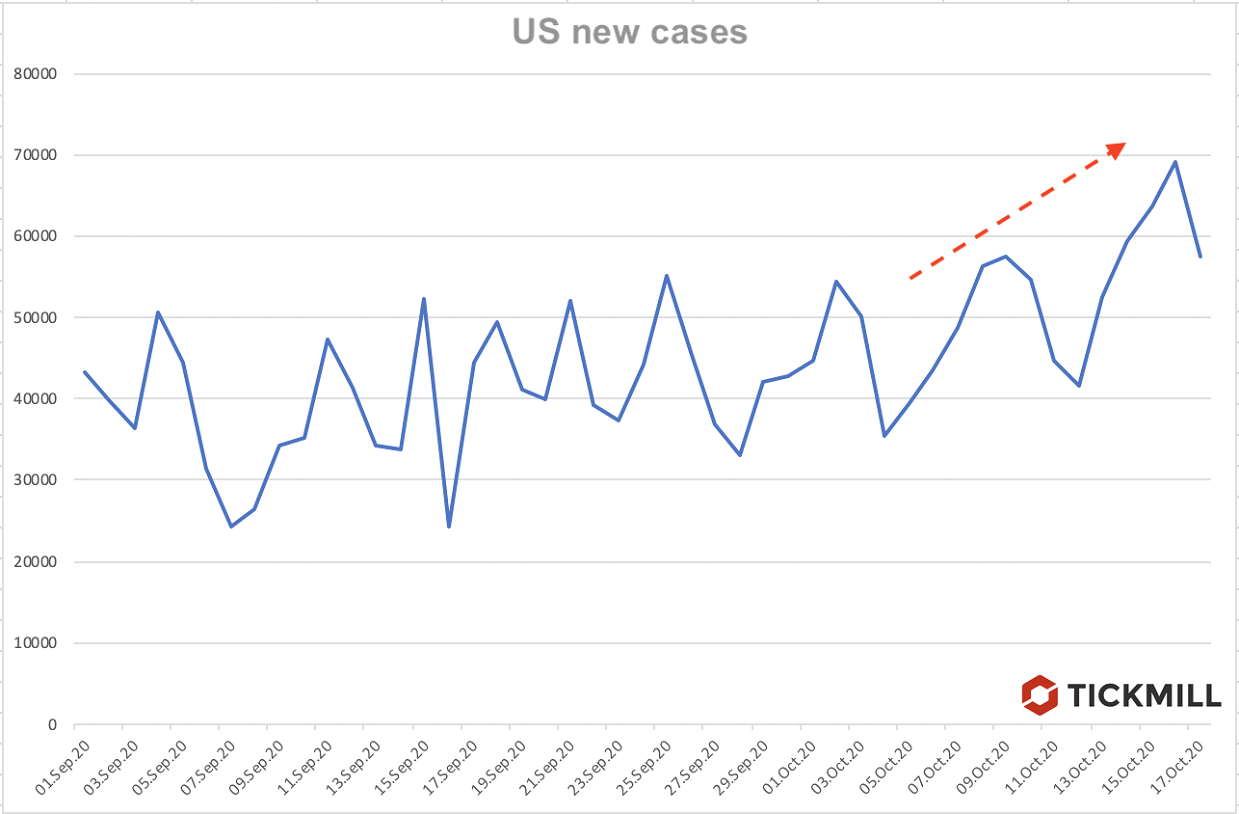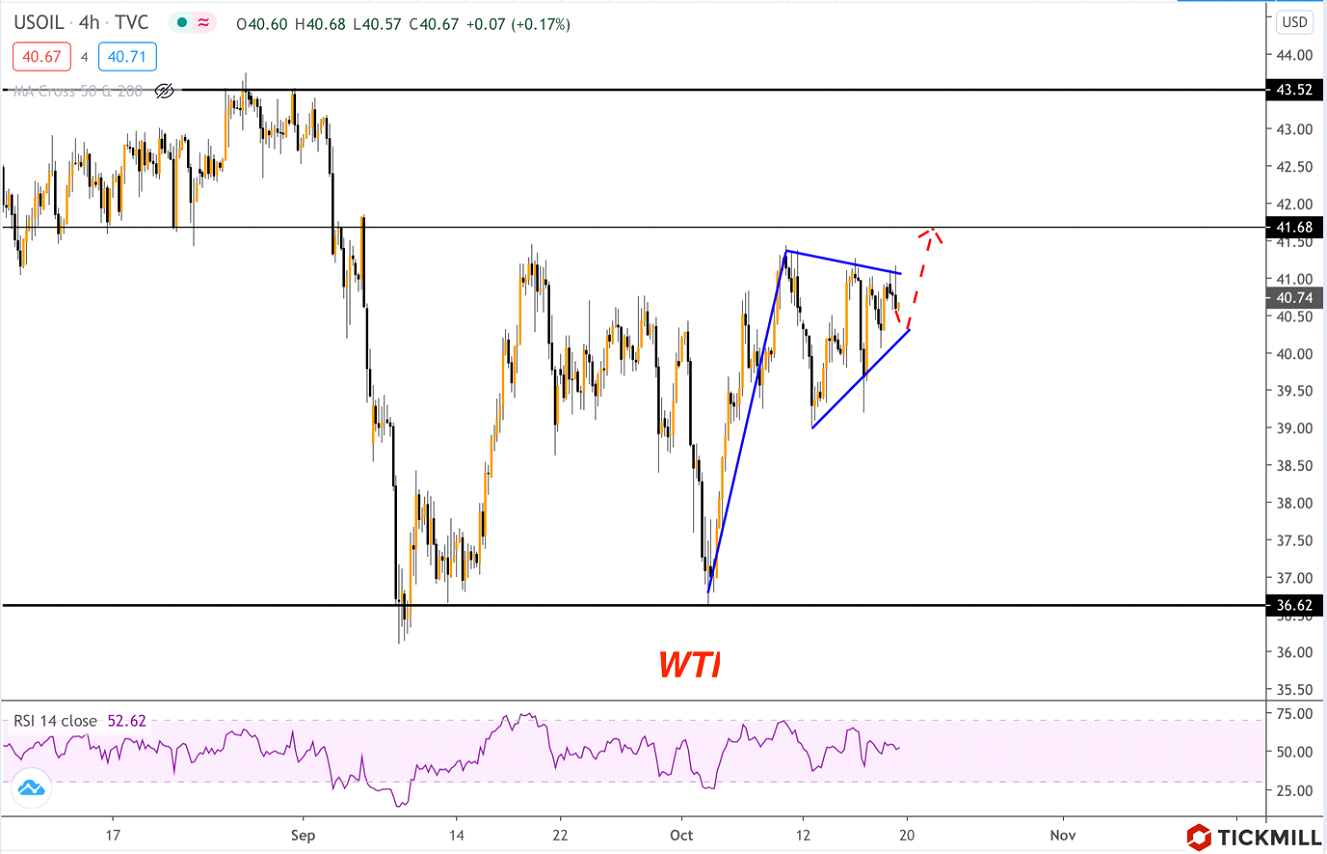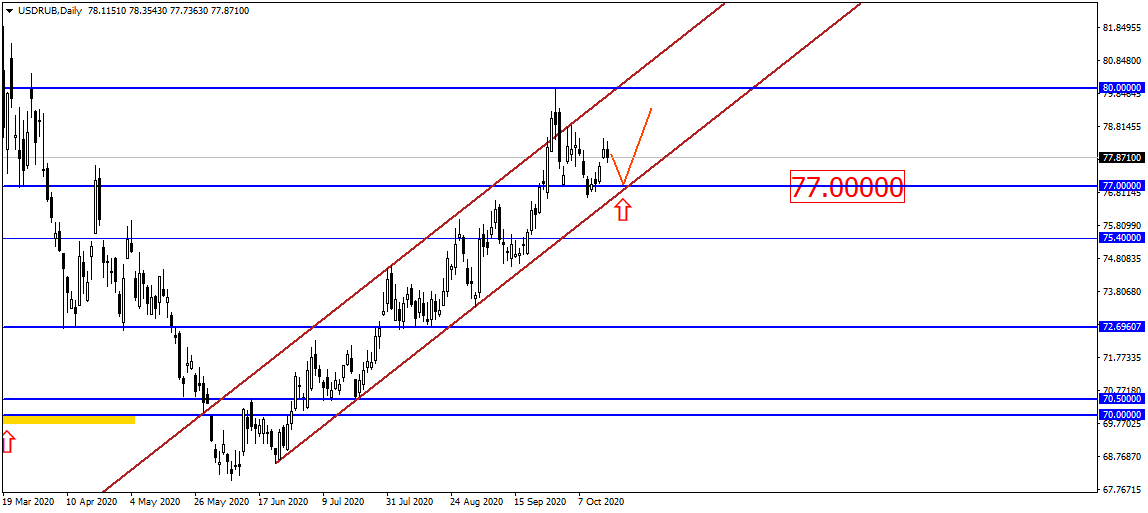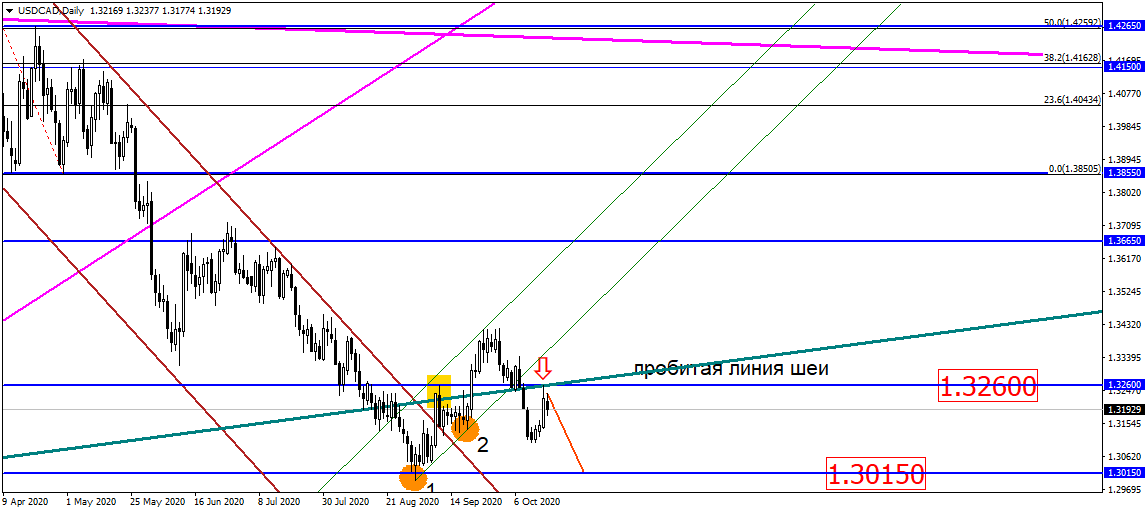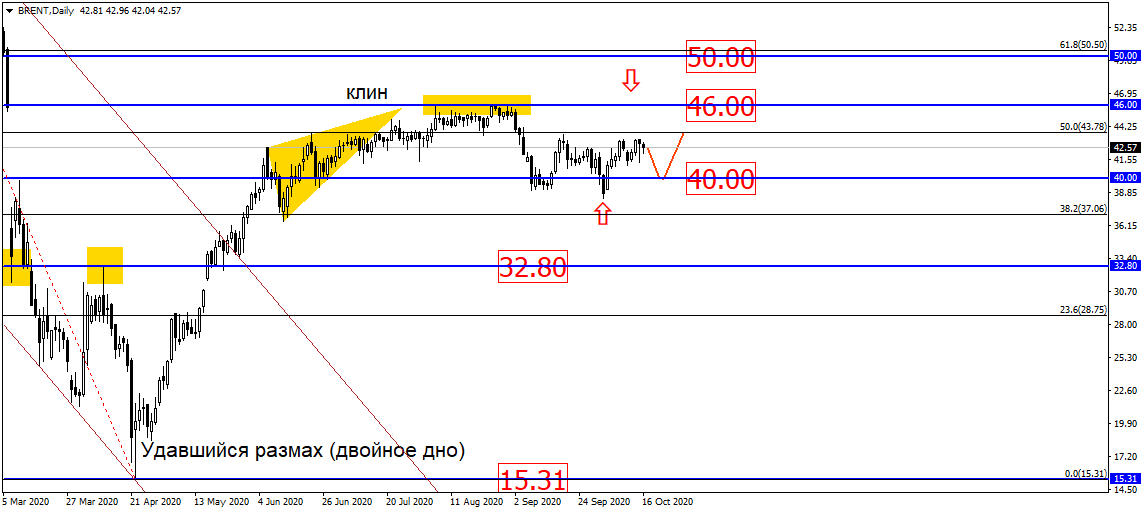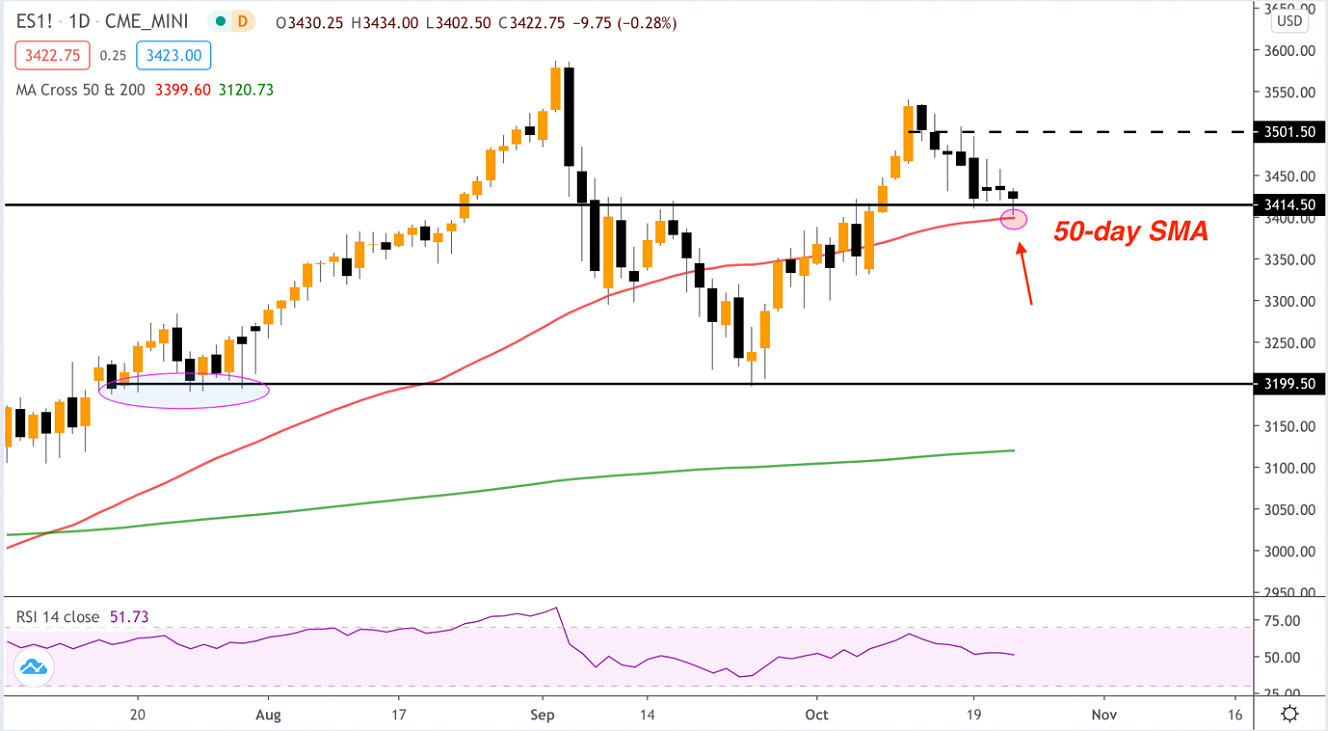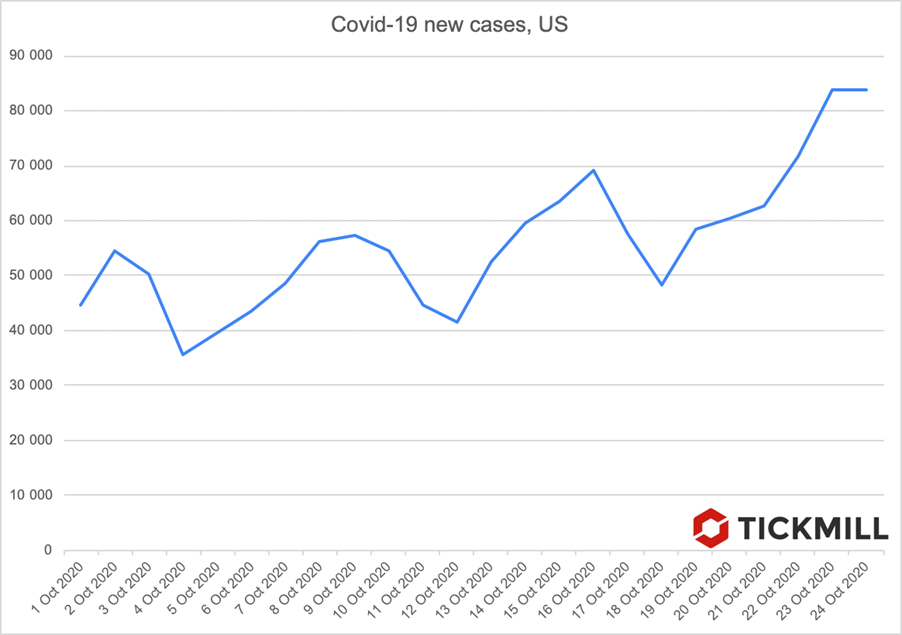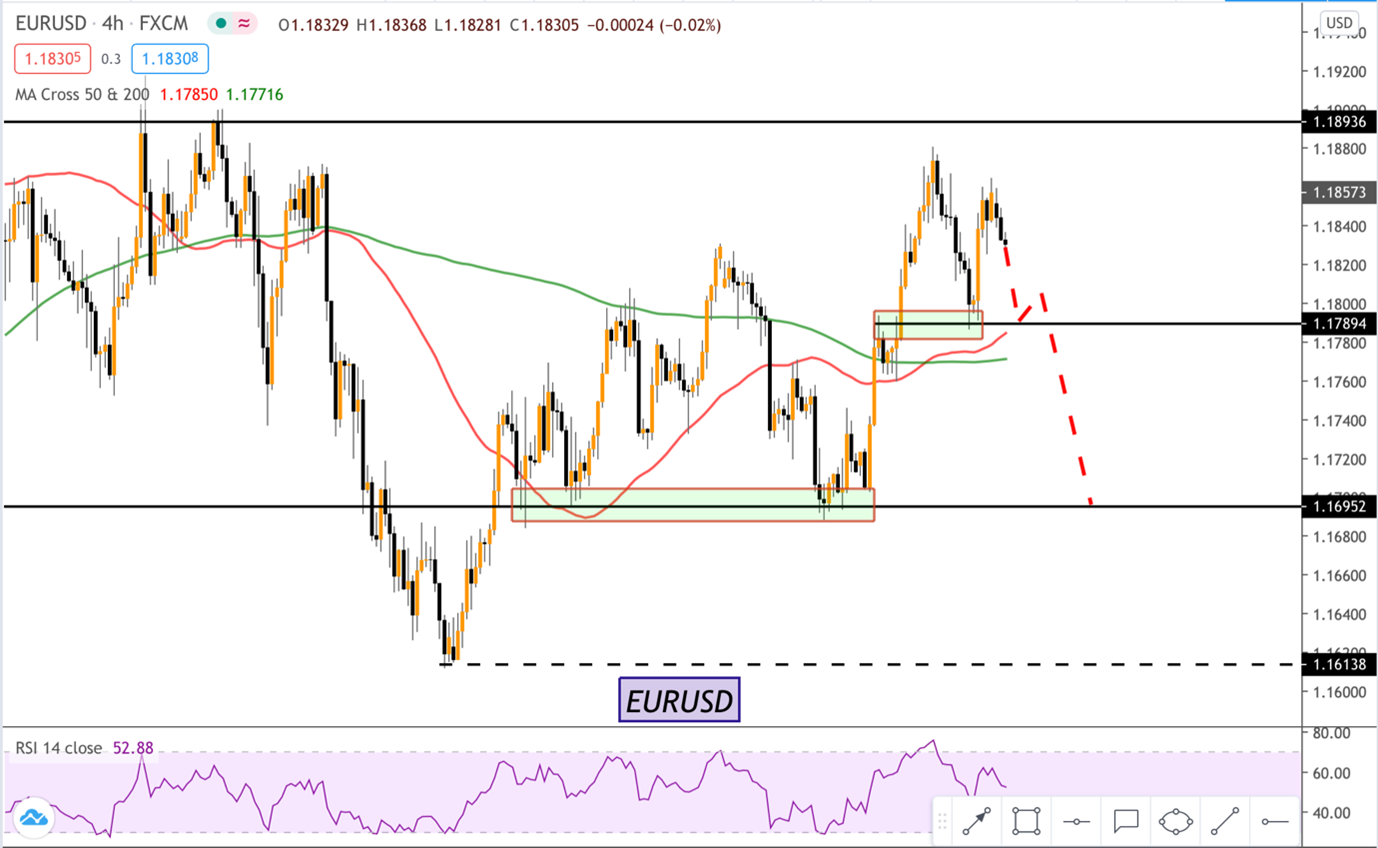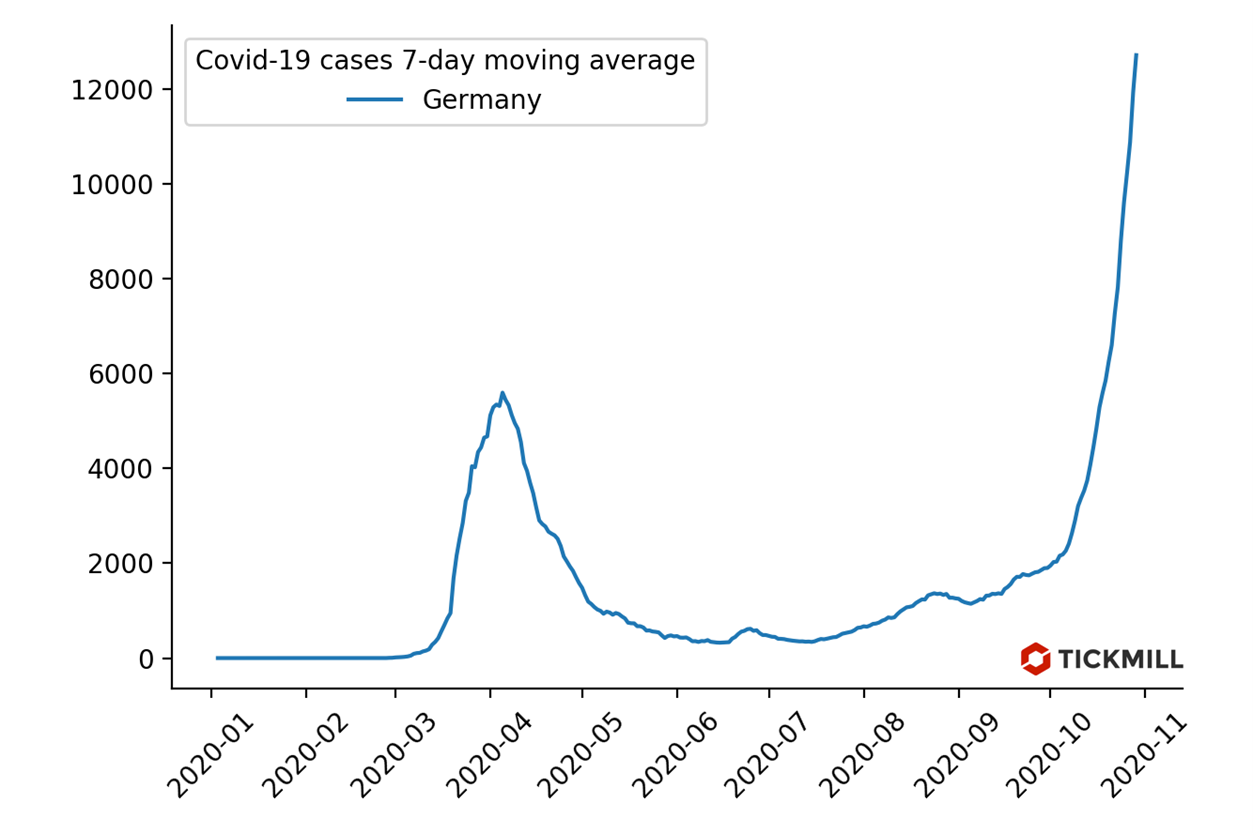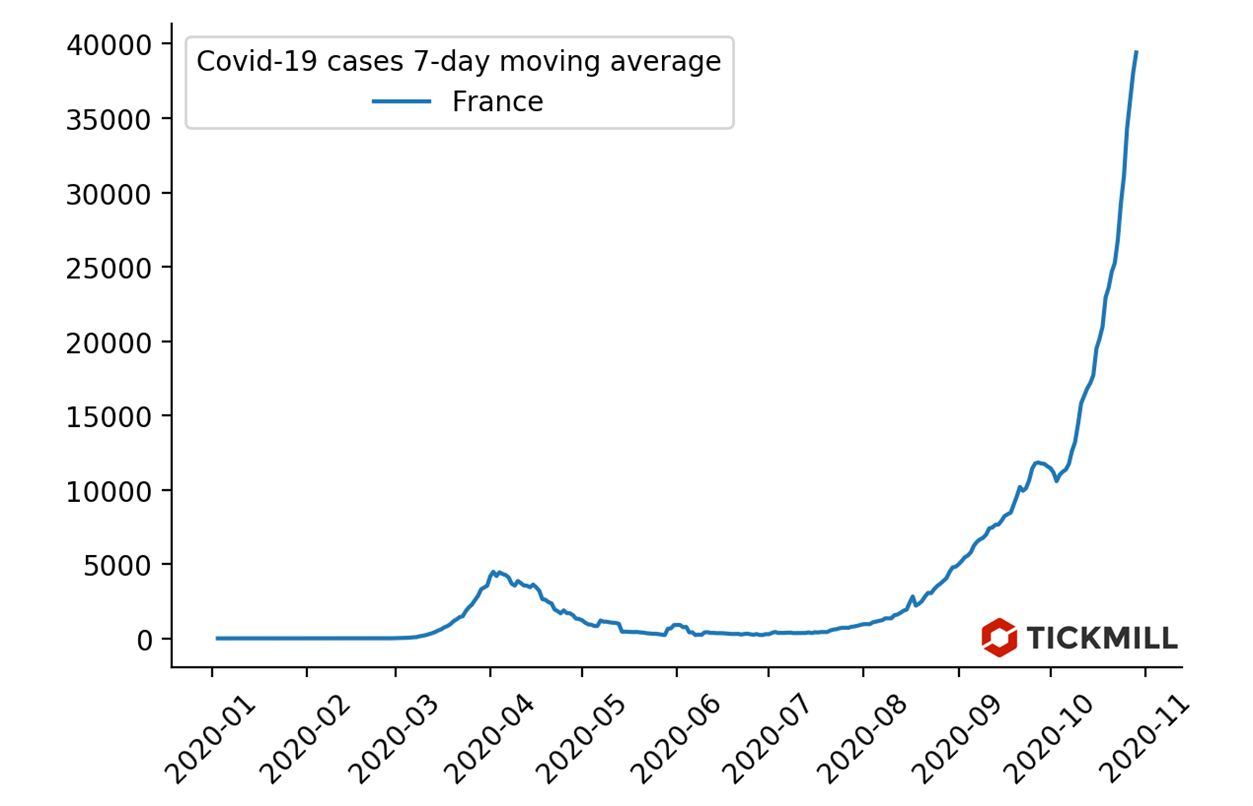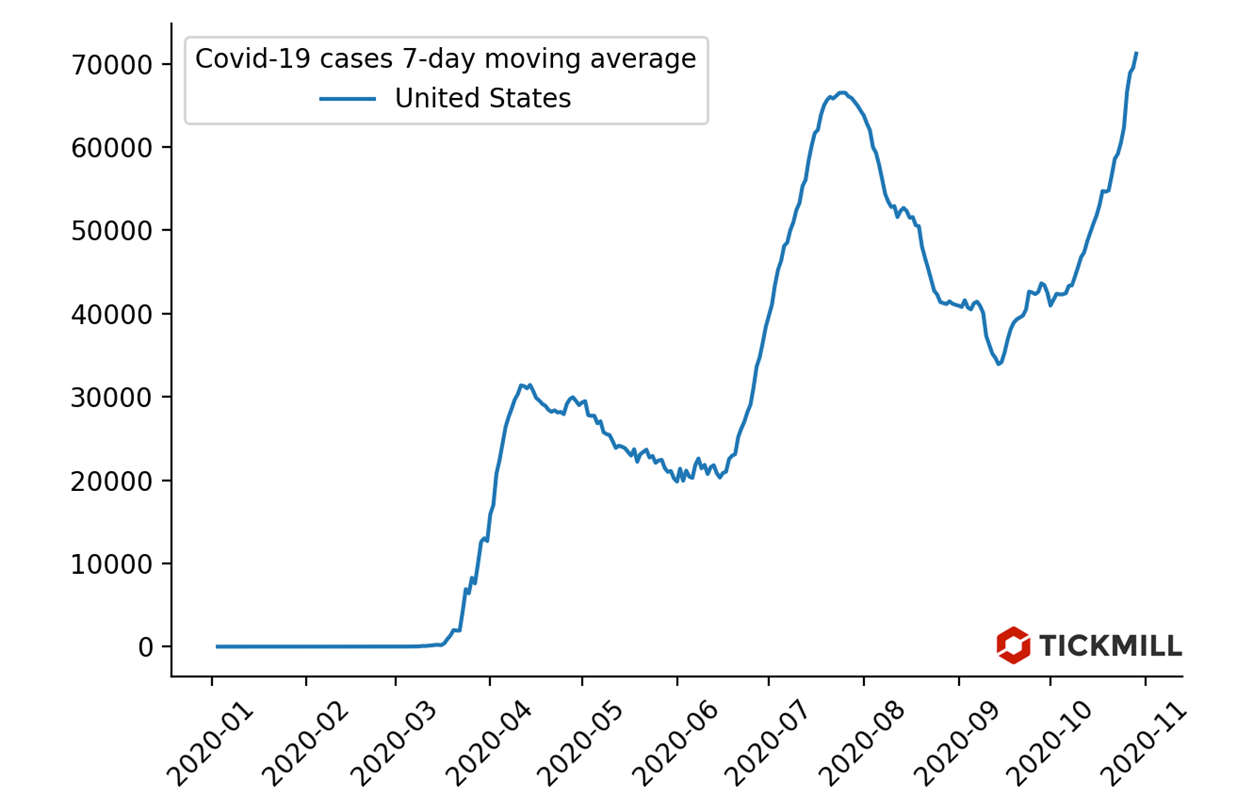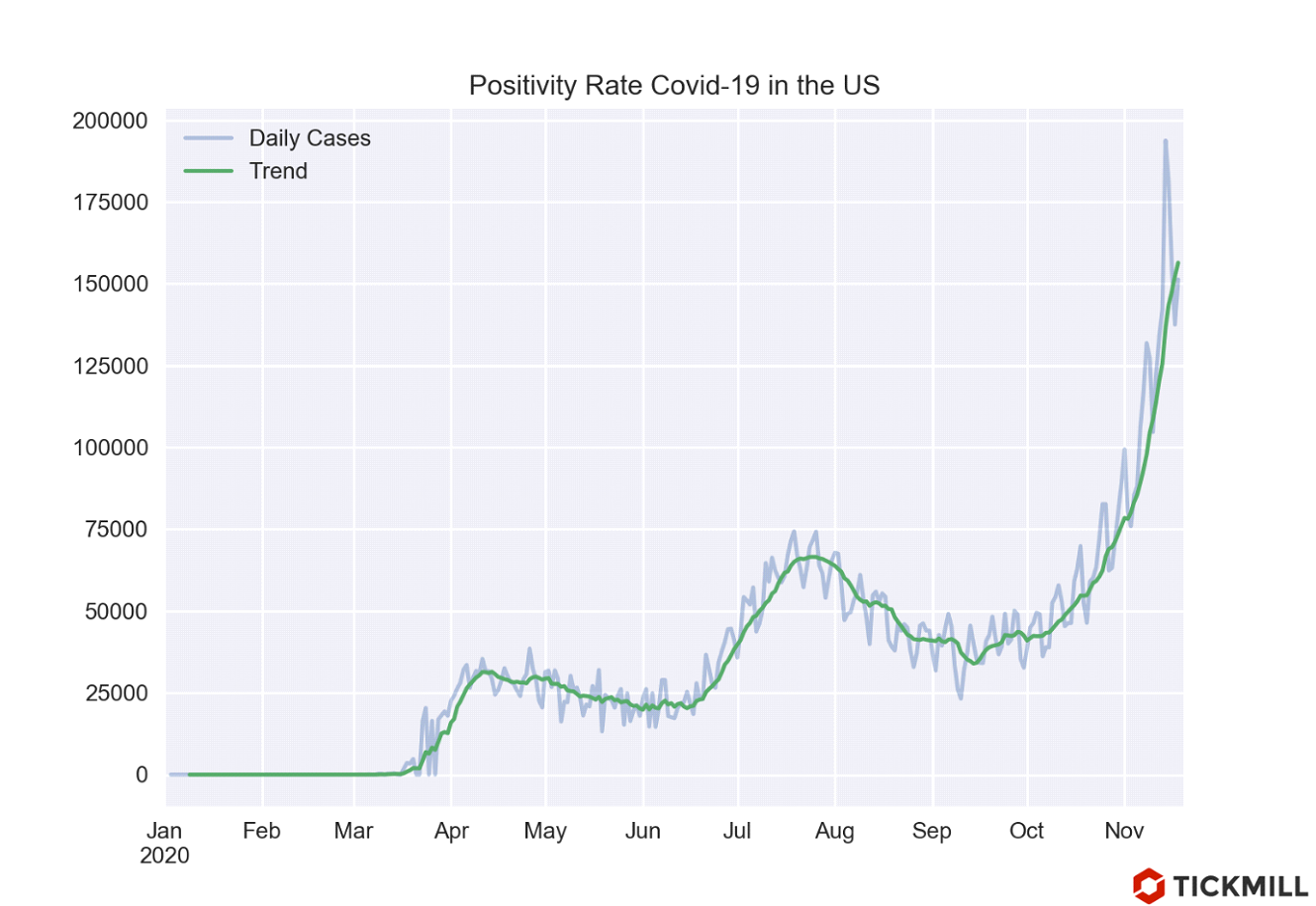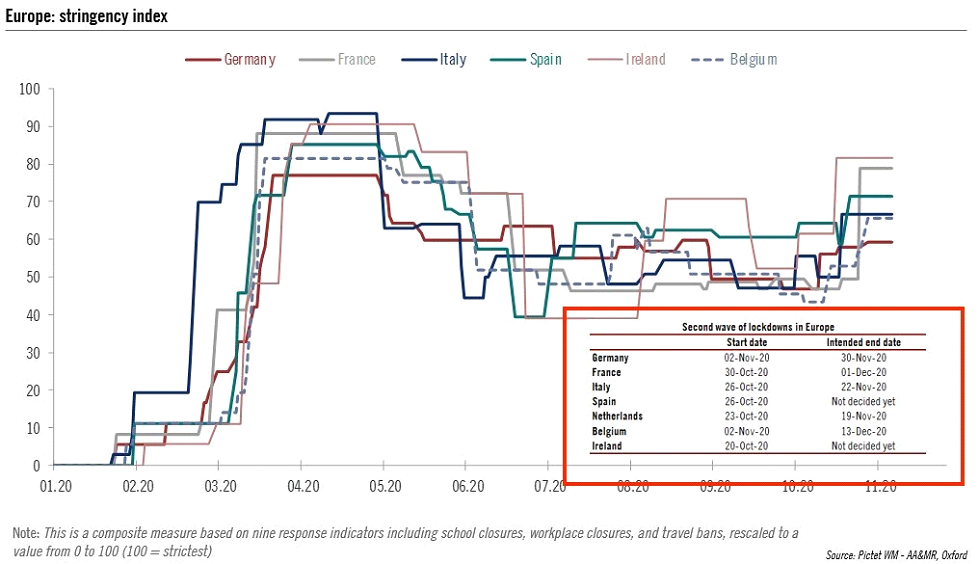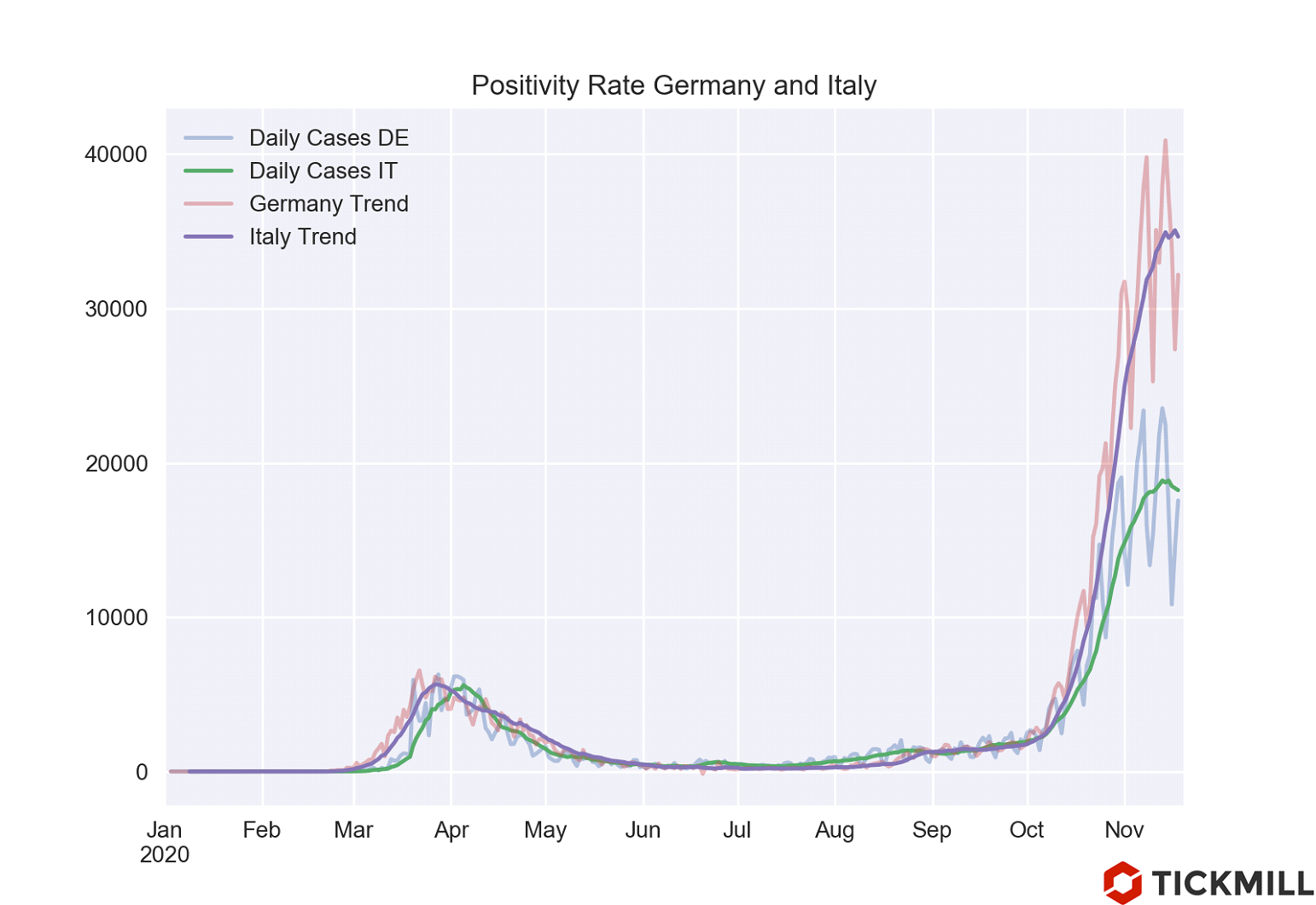tickmill-news
Tickmill Representative
- Messages
- 79
Long-term bond yields rise. Will the Fed conduct “Operation Twist 2”?
Following Jerome Powell’s speech at Jackson Hole last week, 30-year bond yields advanced to the highest level for two months on Friday. There are signs that the market expects consumer inflation to accelerate, and these expectations hit the far end of the yield curve hardest due to longer maturity.
As the Fed needs to keep borrowing costs under control, including long-term rates, the outflow of investors from long-term bonds started to gradually shape expectations that this demand will be replaced by the Fed purchases on the open market, i.e. increased QE. However, it is not clear how much the yields should rise, that the Central Bank started to worry.
Since the start of the pandemic, the Fed has bought nearly $2 tn in government bonds from the open market bringing its Treasury holdings to $4.36 tn. Short bonds prevailed in the composition of purchases.
In a similar situation after the GFC, when the yields of long-term bonds began to rise faster than short ones (steepening of the yield curve), the Fed resorted to a technique, which consisted in changing the composition of treasuries on the balance sheet – selling short and using proceeds to buy long-term bonds (so-called operation twist). The Fed began to do this in September 2011, curiously, it coincided with gold making a U-turn after it reached the then all-time high of $1900:

Perhaps this happened because investors tried to front-run purchases of the Fed, dumping safe gold and increasing demand for long-term bonds anticipating large buyer would soon appear on the market. If the Fed hints in September that it is interested in conducting “Operation Twist 2” there is a risk that the market reaction may be similar. It is necessary to closely monitor how the Central Bank will comment/react to the rally of long-term yields.
Consumer inflation in the US (Core PCE metric) accelerated in July, which was the expected development amid data on unemployment and retail sales. Consistent with the volatility in economic data in the post-pandemic period, consumer spending also exceeded expectations (1.9% monthly growth, 1.5% forecast), so the effect was small. Much more interesting and unexpected was the report from U. Michigan on consumer sentiment and expectations for August. It is August that is the hypothetical starting point for the second phase of the US economic recovery – the phase of deceleration, so the data for August may pave the way for risk appetite in the market. In August, the sentiment index rose slightly – from 72.5 to 74.1 points, remaining in the same depressive range after it plunged in April.
The more important point of the report was inflation expectations. They rose to 3.1% in August, up from 3.0% in July, the report showed on Friday. Market metric of inflation expectations – the difference between the yield on unprotected and inflation-protected bonds reacted immediately, strengthening to 1.77%, the highest since mid-January 2020:

Since the Fed decided to play openly, announcing its readiness to keep rates low for a long time and tolerate inflation, the risk of a further decline in the dollar increases due to increasing risk of acceleration of inflation expectations including due to the Fed commitment.
Following Jerome Powell’s speech at Jackson Hole last week, 30-year bond yields advanced to the highest level for two months on Friday. There are signs that the market expects consumer inflation to accelerate, and these expectations hit the far end of the yield curve hardest due to longer maturity.
As the Fed needs to keep borrowing costs under control, including long-term rates, the outflow of investors from long-term bonds started to gradually shape expectations that this demand will be replaced by the Fed purchases on the open market, i.e. increased QE. However, it is not clear how much the yields should rise, that the Central Bank started to worry.
Since the start of the pandemic, the Fed has bought nearly $2 tn in government bonds from the open market bringing its Treasury holdings to $4.36 tn. Short bonds prevailed in the composition of purchases.
In a similar situation after the GFC, when the yields of long-term bonds began to rise faster than short ones (steepening of the yield curve), the Fed resorted to a technique, which consisted in changing the composition of treasuries on the balance sheet – selling short and using proceeds to buy long-term bonds (so-called operation twist). The Fed began to do this in September 2011, curiously, it coincided with gold making a U-turn after it reached the then all-time high of $1900:

Perhaps this happened because investors tried to front-run purchases of the Fed, dumping safe gold and increasing demand for long-term bonds anticipating large buyer would soon appear on the market. If the Fed hints in September that it is interested in conducting “Operation Twist 2” there is a risk that the market reaction may be similar. It is necessary to closely monitor how the Central Bank will comment/react to the rally of long-term yields.
Consumer inflation in the US (Core PCE metric) accelerated in July, which was the expected development amid data on unemployment and retail sales. Consistent with the volatility in economic data in the post-pandemic period, consumer spending also exceeded expectations (1.9% monthly growth, 1.5% forecast), so the effect was small. Much more interesting and unexpected was the report from U. Michigan on consumer sentiment and expectations for August. It is August that is the hypothetical starting point for the second phase of the US economic recovery – the phase of deceleration, so the data for August may pave the way for risk appetite in the market. In August, the sentiment index rose slightly – from 72.5 to 74.1 points, remaining in the same depressive range after it plunged in April.
The more important point of the report was inflation expectations. They rose to 3.1% in August, up from 3.0% in July, the report showed on Friday. Market metric of inflation expectations – the difference between the yield on unprotected and inflation-protected bonds reacted immediately, strengthening to 1.77%, the highest since mid-January 2020:

Since the Fed decided to play openly, announcing its readiness to keep rates low for a long time and tolerate inflation, the risk of a further decline in the dollar increases due to increasing risk of acceleration of inflation expectations including due to the Fed commitment.


